-
-
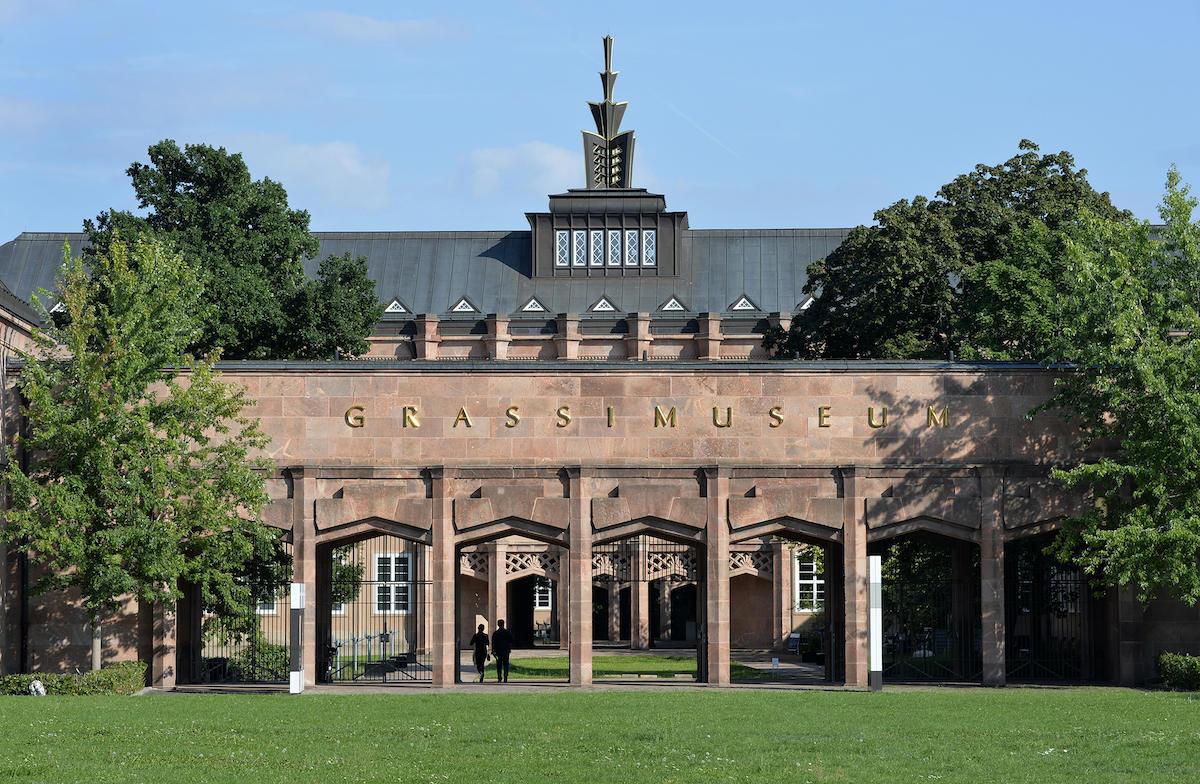
Emmy Rubensohn! Netzwerkerin und Musikförderin – von Leipzig bis New York
Museen im GRASSI Johannisplatz 5-1, Leipzig, Germany
June 25 – January 14, 2024
Museen im GRASSI, Leipzig, GermanyEmmy Rubensohn! Networker and Music Patron - from Leipzig to New York Emmy Rubensohn (1884-1961) was a networker, music patron, concert manager and author of letters. Born in Leipzig in 1884 as the daughter of the Jewish entrepreneurial family Frank, she attended Gewandhaus concerts at an early age and collected autographs from prominent artists of her time. After marrying Ernst Rubensohn in 1907, she moved to Kassel, where the couple turned their house into a cultural meeting place, where composers and performers such as Wilhelm Furtwängler, Walter Braunfels or Ernst Krenek, or visual artists such as the painter Oskar Kokoschka or the sculptor Benno Elkan guested. Thanks to a "residency grant", Krenek was able to complete his opera "Jonny [...]
Free -
-
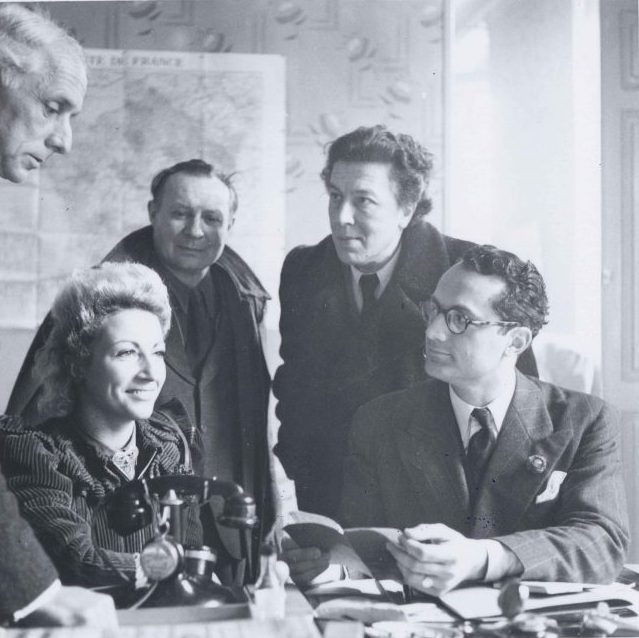
Between America and France:
ONLINE VA, United States
Varian Fry and the Rescue of Artists
Talk by Ori Z Soltes, PhDWith a belated reminder of the proximity of the American and French Independent Day celebrations, this talk focuses on the artists’ Schindler, the American journalist, Varian Fry (1907-1967). Using methods both legal and not, Fry managed to rescue some 2,000 individuals from France between 1940 and 1941. France had become largely swallowed up by Nazi Germany, the “free” parts in Southern France (Vichy France) were not necessarily unreluctant to assist with the deportation of Jews into Nazi-held territories, and the US immigration policies were far from open-handed to those seeking refuge. Who was he and who were some of those he helped—or in some cases, could not help—to escape destruction? Lecture by Ori Z. Soltes, introduced and moderated by [...]
Free -
-
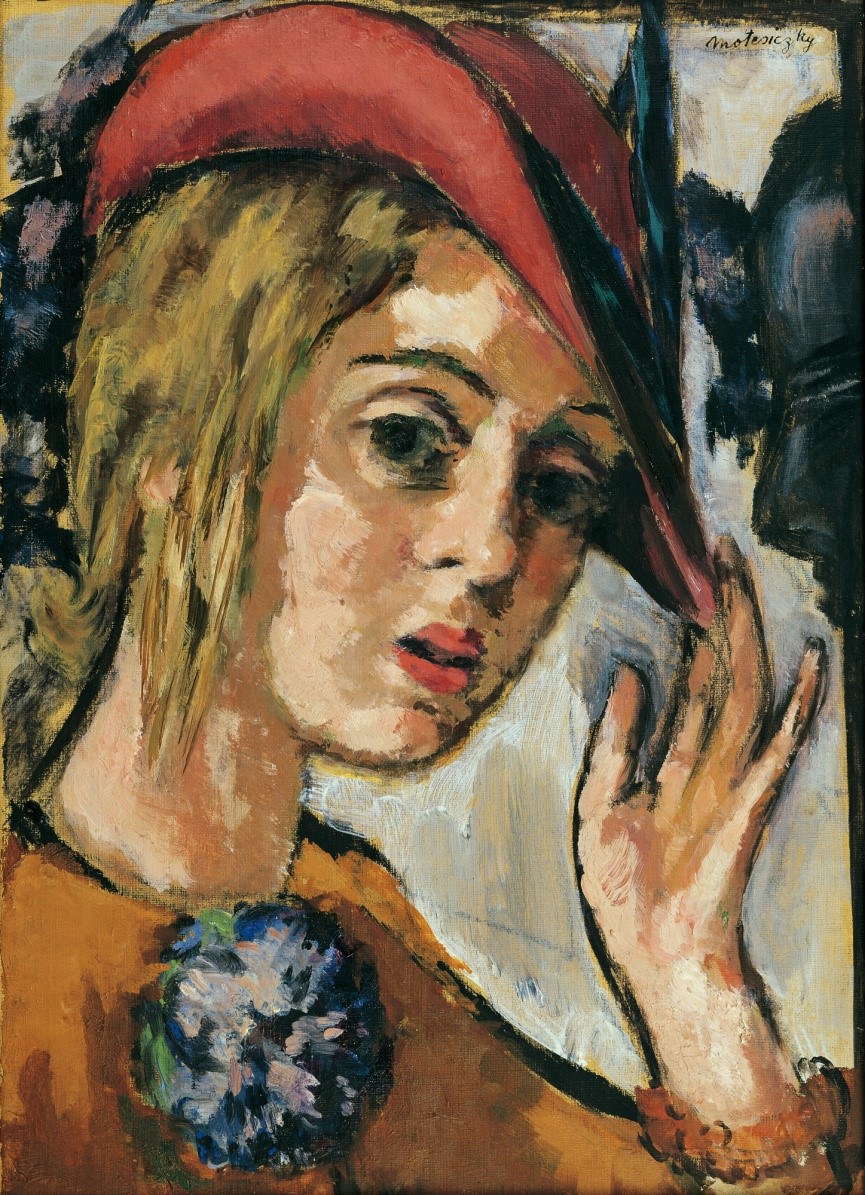
A Painter in Search of an Audience:
ONLINE VA, United States
Marie-Louise von Motesiczky in Exile
Talk by Ines Schlenker, LondonMarie-Louise von Motesiczky was born into a wealthy, aristocratic Jewish family in Vienna in 1906. She trained under the German painter Max Beckmann, a family friend, and embarked on a promising career. When the National Socialists marched into Austria in 1938 Motesiczky fled the country for the Netherlands, eventually settling in England. Her attempts to build a new life in a foreign country were supported by a network of fellow émigrés, among them the painter Oskar Kokoschka and the writer Elias Canetti, with whom she had a long relationship. Lecture by Ines Schlenker, introduced and moderated by Rachel Stern. Image above: Self-Portrait with Red Hat, 1938 (Private Collection) ©️Marie-Louise von Motesiczky Charitable Trust 2023 [...]
Free -
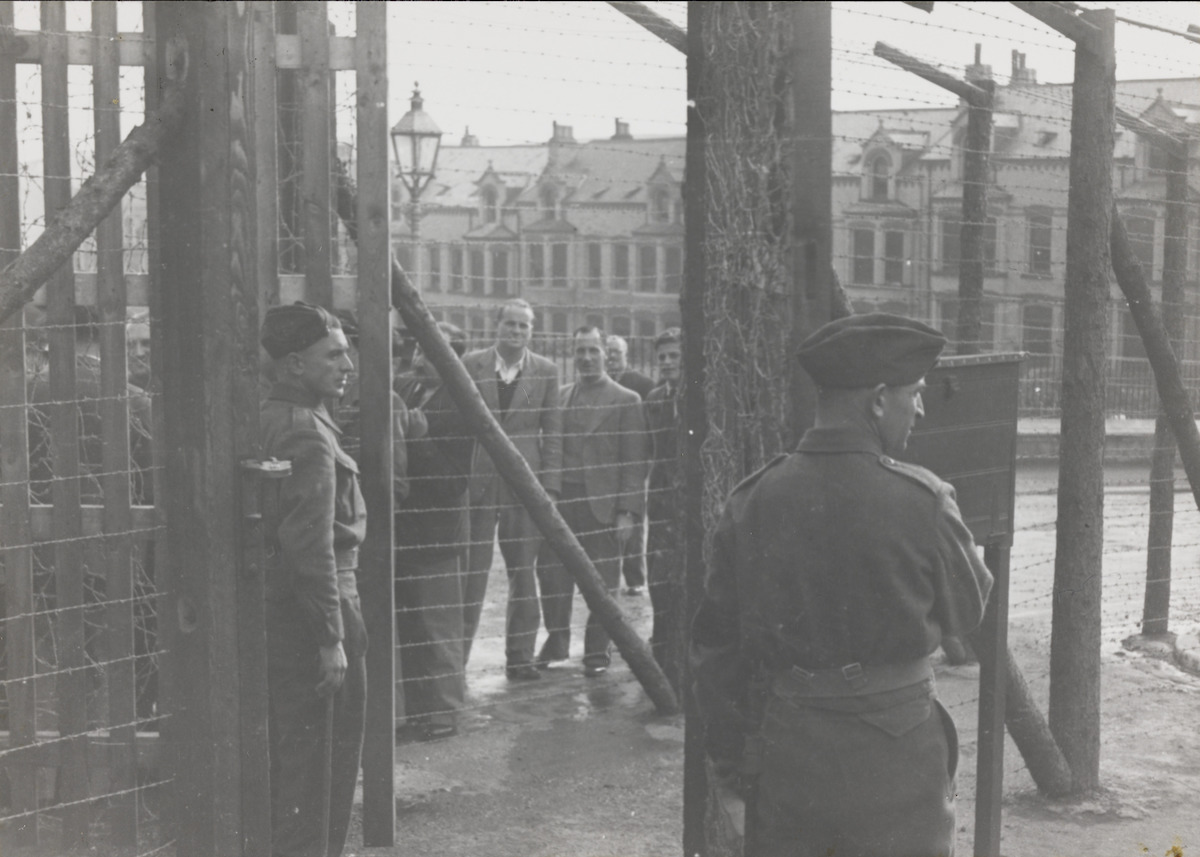
THE ISLAND OF EXTRAORDINARY CAPTIVES
ONLINE VA, United States
Book Talk by author Simon Parkin, LondonIn May 1940, faced with a country gripped by paranoia, Britain’s Prime Minister Winston Churchill ordered the internment of all German and Austrian citizens living in the country. Most were refugees who had come to the country to escape Nazi oppression. They were now imprisoned by the country in which they had staked their trust. More than 1,200 men were taken to Hutchinson camp, on the Isle of Man, which a group of world-renowned artists, musicians and academics turned into history’s most extraordinary prison camp. This is a story of a battle between fear and compassion at a time of national crisis that reveals how Britain’s treatment of refugees during the Second World War led to one of the [...]
Free -
-
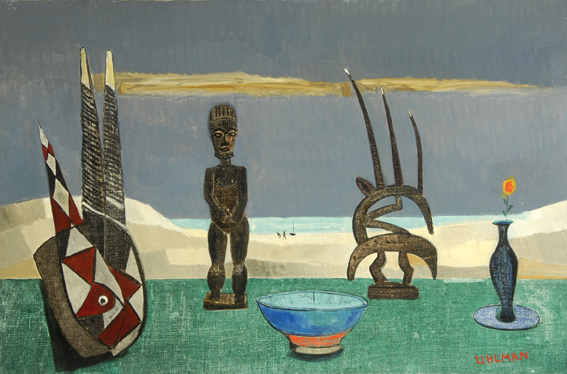
From Émigré to Englishman: Fred Uhlman, ‘Painter of Dreams’
ONLINE VA, United States
Lecture by Dr. Nicola Baird, LondonManfred [Fred] Uhlman was born on 19th January 1901 in Stuttgart, Germany, the eldest child of Ludwig Uhlman (1869–c.1943), a textile merchant, and his wife, Johanna Grombacher (1879–c.1943), both of whom were later to perish at Theresienstadt concentration camp. He studied law at the Universities of Freiburg, Munich, and Tübingen, graduating with a doctorate in 1923. In 1927 he joined the Social Democrat Party, becoming its official legal representative in 1932. Image above: Fred Uhlman, Still Life with African Figures, oil on canvas, Hatton Gallery, © the artist's estate / Bridgeman Images. Photo credit: Hatton Gallery In March 1933, after a warning that his arrest was imminent because of his political affiliations, he fled [...]
Free -
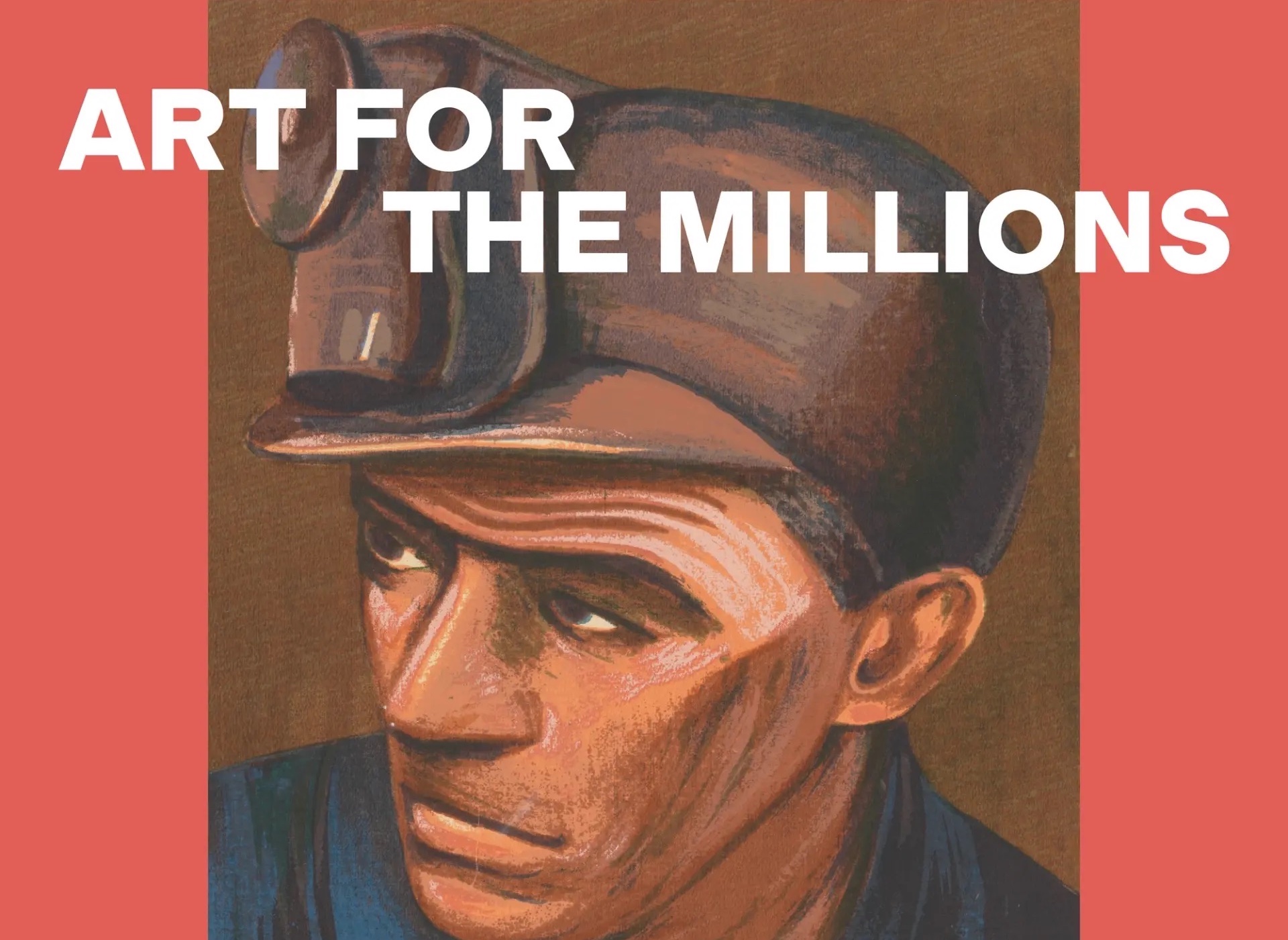
Art for the Millions:
ONLINE VA, United States
American Culture and Politics in the 1930s
Lecture by Allison Rudnick, New YorkThe 1930s was a decade of political and social upheaval in the United States, and the art and visual culture of the time reflected the unsettled environment. Americans searched for their cultural identity during the Great Depression, a period marked by divisive politics, threats to democracy, and intensified social activism, including a powerful labor movement. The exhibition with the same title, on view at The Metropolitan Museum of Art New York until December 10, 2023, features more than 100 works from the collection and several lenders, and explores how artists expressed political messages and ideologies through a range of media, from paintings, sculptures, prints, and photographs to film, dance, decorative arts, fashion, and ephemera. Highlights include paintings by Georgia [...]
Free -
-
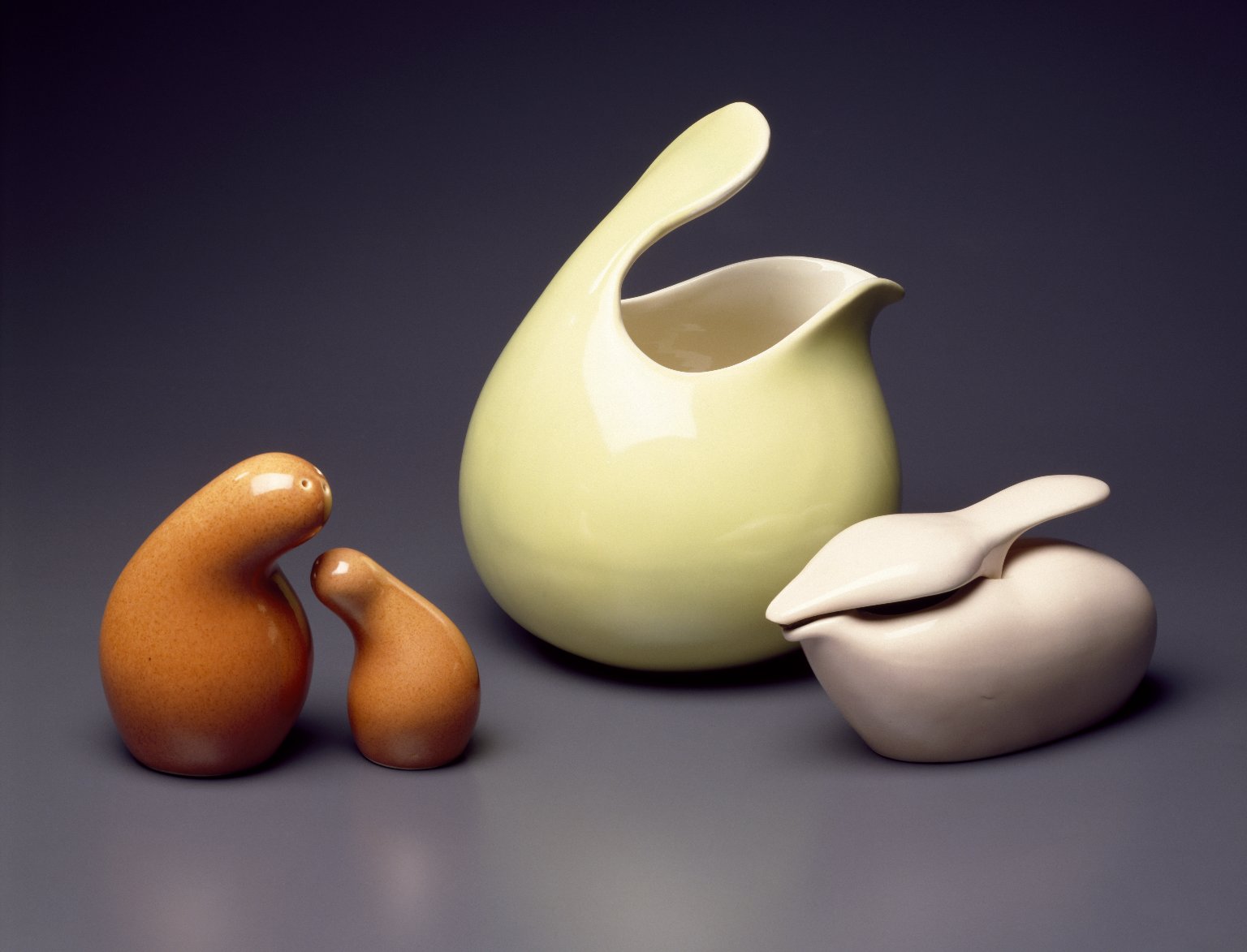
Eva Zeisel, Designer Extraordinaire
ONLINE VA, United States
Lecture by daughter Jean Richards, New YorkEva Zeisel (born Éva Amália Striker, Budapest 1906 –2011 New City, New York) was one of the most important designers of the 20th century. She believed that beautiful things make people happy. Although she was known for her ceramic tableware, she also designed in glass, wood, plastic and metal. Her designs are in major museums around the world, including the Metropolitan Museum, the British Museum and MoMA, where she had the first one woman show in 1946. Lecture by Eva’s daughter Jean Richards. Image above: Eva Zeisel, Red Wing Pottery pieces from "Town and Country" collection. Glazed earthenware, ca. 1945. CC BY 4.0 Photograph of a young Eva Zeisel. © Eva [...]
Free -
-
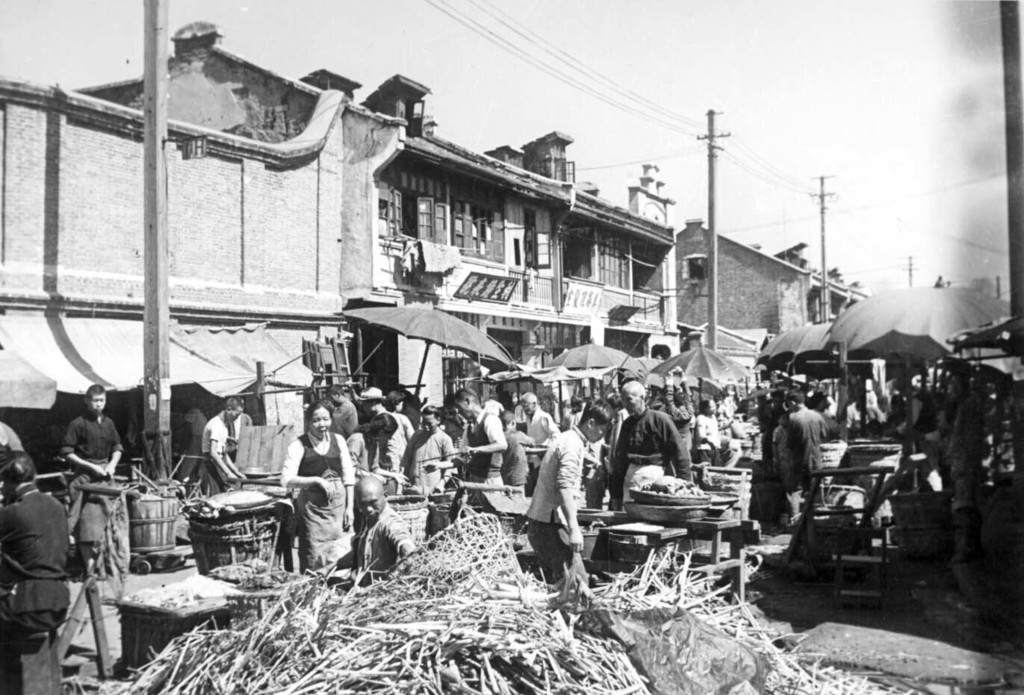
Horst Eisfelder (1925-2023):
ONLINE VA, United States
Diasporic Life in Shanghai’s State of Exception
Lecture by Dr Noit Banai, Hong Kong
and Dr Anna Hirsh, MelbourneLecture by Dr Noit Banai and Dr Anna Hirsh, followed by Q&A with Rodney Eisfelder, son of Horst Eisfelder. Image above: Horst Eisfelder. Street scene in the Shanghai Ghetto, Shanghai, China, circa 1945. Black and white photograph. Copyright: Horst Eisfelder estate After fleeing Berlin a few weeks before Kristallnacht and arriving in Shanghai with his family in late November 1938, Horst Eisfelder (1925-2023) became one of the most prolific photographers of the ‘Shanghai Ghetto’ before emigrating to Australia in May 1947. Embedded within the history and theory of photography, this presentation considers his images of the city of Shanghai as well as the Designated Area for Stateless Refugees as vital representations through which to understand [...]
Free -
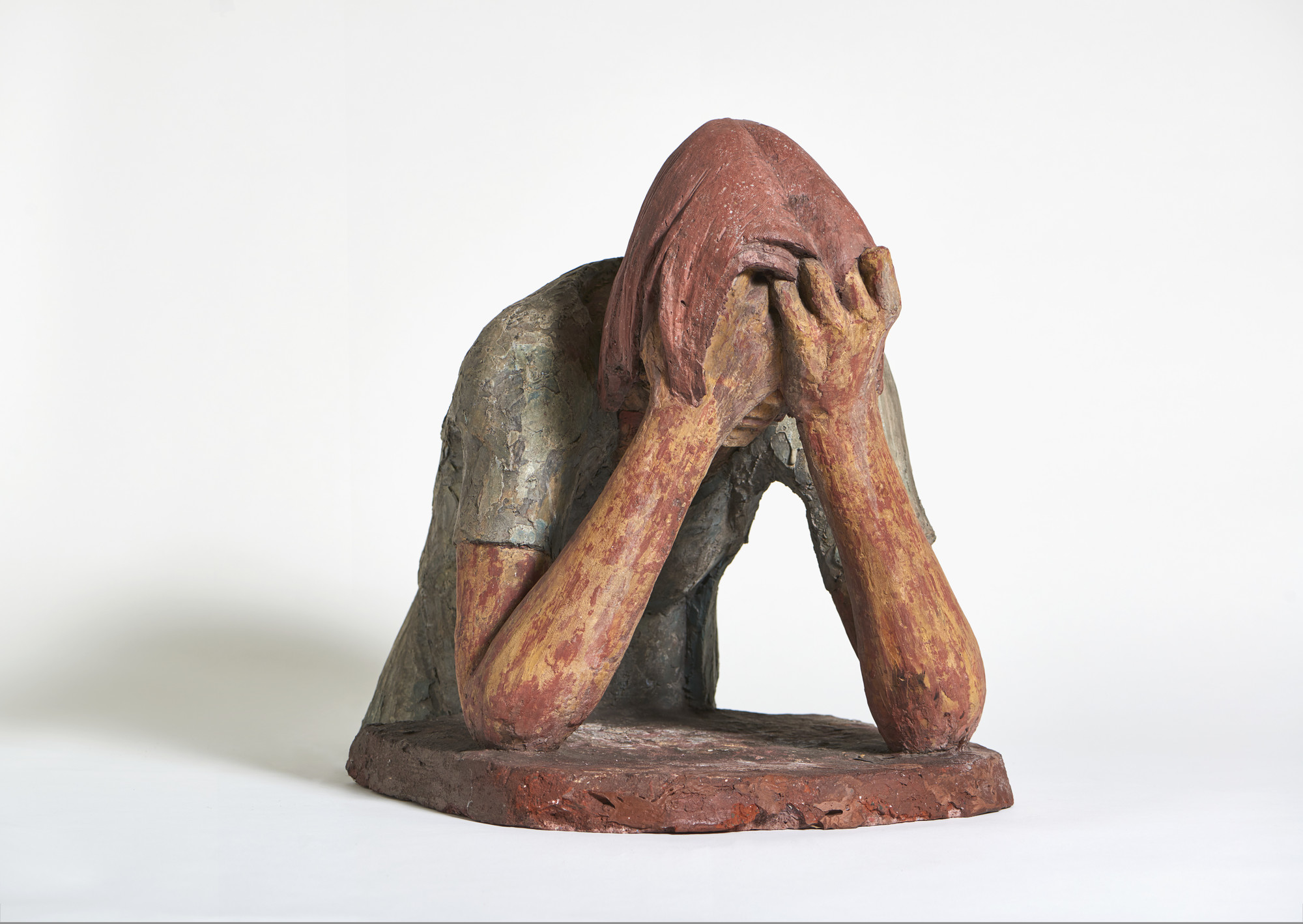
Peter László Péri (1899-1967).
ONLINE VA, United States
A Hungarian-born Artist in Berlin and London
Lecture by Arie Hartog, Bremen (Germany)In this talk, Arie Hartog, director of the Gerhard-Marcks-Haus in Bremen, Germany, draws attention to a sculptor who contradicts the common narrative of modern art in the 20th century. Péri began as a constructivist and ended as a figurative artist. Yet he was not an academic traditional sculptor. Introductory remarks by Lilla Farkas, Cultural attaché at the Liszt Institute of the Consulate General of Hungary in New York. Image above: Peter László Péri, Sadness, 1938–1945, pigmented and painted concrete, 52 × 40 × 60 cm. Photo: Jake Wallters © Peter László Péri Estate, London Peter László Péri was born Ladislas Weisz in Budapest in 1889. Peri became the Hungarianized family name in 1918. In 1919, he [...]
Free -
-

Klaus Friedeberger (1922-2019).
ONLINE VA, United States
Journey Around the World
Lecture by Monica Sidhu, London
Q&A with wife Julie Friedeberger and British Museum curator Stephen Coppel, LondonPresentation by Monica Sidhu, followed by a conversation with the late Klaus’ wife Julie Friedeberger and British Museum curator Stephen Coppel, London. Image above: Klaus Friedeberger, Children Playing, 1959-1962, oil on canvas. Copyright Klaus Friedeberger estate Born in Berlin in 1922 the artist Klaus Friedeberger escaped Nazi Germany in 1937. After studying at the Quaker School in Holland he arrived in London as a refugee in 1939. Classified as ‘enemy alien’ he was interned and subsequently deported to Australia on the transport ship Dunera. He spent two years in internment camps at Hay in New South Wales. Released in 1942 he joined the Australian Army labour corps and after demobilisation he studied art at East [...]
Free
2025-12-22T00:00:00-05:00
10 events found.


